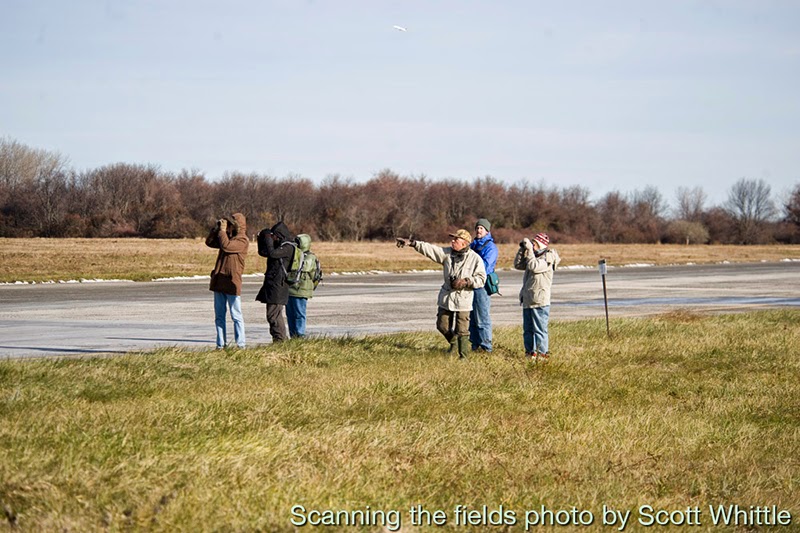Upcoming Nature Trips
Below is a list of upcoming nature trips by local birding/conservation groups for the weekend of July 4, 2014 to July 6, 2014:
Audubon Center in Prospect Park
Friday, July 4, 2014
Blooming Naturalists
Thursdays and Fridays , 1 – 2 p.m.
Free
The Park is a nature wonderland. Come discover all its joys.
Nature on the Go!
Thursdays and Fridays, 2 – 3 p.m.
Free
Come have fun in nature!
Animal Encounter
Thursdays and Fridays, 3 – 4 p.m.
Join one our trained staff in learning more about the animals in the Audubon Center’s collection.
Saturday, July 5, 2014
Pop-Up Audubon
Saturdays and Sundays, April 5 – October 19, 12 – 5 p.m. / November – December, 12 – 4 p.m.
Free The Prospect Park Alliance presents Pop-Up Audubon, now in its second season, invites families to directly engage with nature through outdoor learning in locations around the Park.
Sunday, July 6, 2014
Morning Bird Walk: Taking Wing
Sunday, July 6, 8 a.m.
Free
Meet the amazing local birds raising families in Prospect Park on this expert-guided walk. Start your Sunday morning surrounded by nature!
Pop-Up Audubon
Saturdays and Sundays, April 5 – October 19, 12 – 5 p.m. / November – December, 12 – 4 p.m.
Free
The Prospect Park Alliance presents Pop-Up Audubon, now in its second season, invites families to directly engage with nature through outdoor learning in locations around the Park.
**********
New York Botanical Garden (Bronx)
Saturday, July 5, 2014
Debbie Becker leads a free bird walk at the Garden every Saturday from 11 a.m. to 12:30 p.m. beginning at the Reflecting Pool in the Leon Levy Visitor Center
**********
New York City Audubon Society
Saturday, July 5, 2014, 8:00am – 9:30am
Van Cortlandt Bird Walk (spring)
Guide: NYC Audubon, Van Cortlandt Park Conservancy With the Van Cortlandt Park Conservancy Meet at Van Cortlandt Nature Center. The history of birding and Van Cortlandt Park are inseparable. Influential birders such as Roger Tory Peterson and Allan D. Cruickshank got their starts on Van Cortlandt’s ecologically diverse grounds. These walks celebrate the tradition set forth by these great ornithologists. Participants will look for various species of residents and migrants and discuss a wide range of avian topics.
For more information, please call 212-691-7483. No registration necessary. No limit. Free.
Sunday, July 6, 2014, 6pm – 9pm
Sunset EcoCruise to the Harbor Heron Islands: Jamaica Bay
Guide: Gabriel Willow With New York Water Taxi Meet at South Street Seaport's Pier 16. We're excited about this summer's ecocruises; we’ve expanded our explorations of the City's island rookeries to three different locations! Depending on which weekend you choose, cruises may visit the fascinating Brother Islands, the large egret and cormorant colonies on Hoffman and Swinburne Islands, or the great expanses of Jamaica Bay. Whichever your destination, you'll experience the wonders of New York's famous harbor at sunset and see some of the three thousand herons, egrets, and ibis nesting on these urban island treasures.
To learn about specific cruise dates and register, visit New York Water Taxi online or by phone at 212-742-1969. Limited to 140. Pricing varies by destination.
**********
Urban Park Rangers
Saturday, July 5, 2014
Bird Walk at Van Cortlandt Nature Center (in Van Cortlandt Park), Bronx
8:00 a.m.
NYC Audubon experts lead the way as we marvel at quirky but logical bird behavior and delicate feathers in exquisite patterns. Bring binoculars if you have them and wear sturdy…
Free!
Introduction to Bird Watching at Audubon Center at the Boathouse (in Prospect Park), Brooklyn
12:00 p.m.–1:00 p.m.
Join the Alliance to learn about the 250 species of birds that call Prospect Park home.
Free!
Sunday, July 6, 2014
Plover Day! at Beach 59th St & Boardwalk (in Rockaway Beach and Boardwalk), Queens
11:00 a.m.–2:00 p.m.
Discover one of New York City's endangered species: The Piping Plover!
Free!
Birding: Shore Birds at Orchard Beach Nature Center (in Pelham Bay Park), Bronx
11:00 a.m.
Our Rangers will guide you to the best wildlife viewing spots in New York City.
Free!
...Read more














